Sign up for our Newsletter!


Software solution Oasys MassMotion is used in the design of airports, stations, stadia, office towers and galleries. But it also has a topical application: it is a potential game-changer for attractions working on post-COVID-19 lockdown reopening strategies.
Blooloop spoke with Chris Down, John Hays and Lachlan Miles of Oasys about the sophisticated crowd-modelling product. They talked about the application of Oasys MassMotion across the leisure and attractions sectors, and its particular relevance as attractions work towards re-opening.
Introducing the team, Sales and Marketing Manager Chris Down says:
“Lachlan Miles (MassMotion Product Director) is the technical guy and is, effectively, the MassMotion User Zero, and our go-to expert on any matters relating to pedestrian movement.
“My job is in Sales and Marketing. I pretend that I’m not interested in anything technical and that it’s all about how we make the sales targets. Actually, I find engineering fascinating, and like solving problems.
“John Hays (Direct Sales Consultant) is my internal sales guy. He oversees maintenance contract renewal. But he also happens to have a bit of a passion for roller coasters and theme parks.”
Introducing Oasys MassMotion
Oasys MassMotion, the sophisticated software for simulating and analysing pedestrian crowds, is not new. It was originally developed by Oasys, the software arm of structural engineering firm Arup, for its own use. It has been in use in a variety of industries for over a decade. Mainly those concerned with transporting people.
Hays says: “As Oasys, we supply our parent company, Arup, with the software solutions for structural engineering, geotechnical engineering and pedestrian simulation. This is where MassMotion comes in.
“Oasys’ original function was to produce software that was not readily available for the industry. Many of the tools now available commercially were developed in-house by our engineers, to solve Arup’s own technical and structural geotechnical issues. Then these were commercialised on the back of that success. This is true of MassMotion.”
The software has been invaluable for rail stations, airports and other transport hubs. It simulates guests going from point of origin to destination. This ensures that those spaces function efficiently.
Simulating pedestrian movements
Users can watch how the ‘agents’ – simulated pedestrians – move, and the directions they tend to take. This helps to identify pinch-points, areas of congestion and places where wider walkways or an extra turnstile would be beneficial.
It also highlights ‘dead’ space. For example, places where a retail outlet or ticket machine could be situated. And it shows and the flow of pedestrians in the event of a non-functioning escalator.
“These are all things that MassMotion is great at doing without any major design input,” says Hays.
The ‘agent behaviour’ is based on 15 years’ worth of data. This is from academic studies on human movement and measured field observations.
“Several agents will enter at the point of origin, and we’ll instruct them to get to their destination. They figure out the rest. There is also the ability to produce density reports and maps as a visual. And a lot of data on journey and wait times.”
“The software is applicable anywhere with a space through which people flow. It has is in use in retail, for large scale sporting events, in building evacuations, and so on.”
Oasys MassMotion and attractions
The push into the attractions sector is largely due to Hays. He is a self-confessed theme-park geek. Some big names in the attractions industry already use MassMotion. Some – including giants of the theme park world – can’t be named.
One that can is Mexico’s Alteacorp entertainment group. This company organises events, including the Day of the Dead festival in Mexico City.
Demonstrating Oasys MassMotion modelling an aspect of the festival site, focusing specifically on a skating trail attraction, Hays shows the ‘agents’ progressing through the queue line. They collect and pay for their skates, embark on their allotted 25 minutes of skating time, change colour as their time runs out, and then exit.
“MassMotion is going to enable operators to see how their space behaves,” says Hays. “In a theme park model, for example, there is an inbuilt capacity to split each group of agents. You have some going from A to B, and others wanting to do a variety of other tasks, following many other paths.
“The beauty of this is that many operators and designers will have a great deal of guest behaviour to call upon.”
“They’ll have a snapshot on a given day (current climate excused) of what percentage of their visitors will want to go and get the big-ticket events out of the way first. And what percentage will behave differently because they have a week-long or an annual pass, or will just want to take a bit more time. You can import that data into MassMotion.”
Managing space
Information gathered from Oasys MassMotion’s modelling can be used to design or redesign park infrastructure. Or, simply to manage the existing space most effectively.
“It’s really quick to run models as MassMotion allows you to easily import your pre-existing 2/3D models from tools such as BIM, Revit, or SketchUp. If you don’t have existing models you can create them easily from scratch within MassMotion.”
Down says: “MassMotion is about looking at a large crowd of people, and understanding that everybody in that crowd has their own agenda. Some want to go straight to their destination, others have tasks to perform on the way. Some will be fitter, so will move faster. And some will be larger, so will need more space and some will have a higher tolerance to being close to other people.
“All of those things are variables that go into a MassMotion analysis. Also, there are observed behaviours. If you’ve got two people walking towards each other, they don’t collide. Occasionally they will do that little dance. But somehow something clicks and they know how to get past each other. That is also written in MassMotion.
“It’s cultural. Some nationalities are more likely to pass to the right, while others tend to pass to the left.”
Modelling social distancing
Talking about modelling social distancing, Down says:
“It would be unrealistic to model scenarios where 100% of the people are going to stay two meters away from everyone else 100% of the time. You can look at scenarios in quite a few different ways. For instance, you can change the proportion of people that are happy to be those particular distances away. You could say most people do two meters, but actually, there are 5% who are 10% closer.”
“The key point is that it’s not a hard barrier. It’s not that if somebody has to go briefly inside that two-metre space that they will just stop.
“And this is where the algorithms are so clever. They will model the individuals trying to avoid going closer and finding a route that doesn’t involve going closer. But if they’ve got no option, they will. If someone is standing too close to a doorway, people will still go through. Albeit reluctantly.
“For the attractions industry, operational studies are going to be invaluable. Operators need to show that they can safely handle the number of people to whom they are planning to sell tickets. Modelling out these scenarios in advance to find out what operational capacity actually is, taking social distancing measures into account, is vital.”
Identifying hotspots
Each attraction is different and will have a variety of factors to accommodate: “Where there is a concession stand, a safely distanced queue line will be longer, and will take up more space. Can you afford that? Do you need to consider closing up concessions?
“We can assess from MassMotion models, on average, how long particular agents spend closer than two meters to other agents. We can say that in this particular scenario, a percentage of the agents were within just 1.5 meters. Or this agent was this close to another agent for a particular length of time.”
“It’s statistical analysis. We can match that to a map, showing the location of the obstructions, the hot spots. Knowing where in the design that people are spending too much time in close proximity is key to preventing it from happening.”
How Oasys MassMotion works
Going into detail from a technical perspective, Miles explains:
“MassMotion came from some real user needs from the design community in the early 2000s. Our parent company, Arup, does a lot of major building and infrastructure design. It was working on major airports and train stations around the world.
“For these projects, there was often data about where people were coming from and going to, but very little about how they would use a new space. So, the historical process was very assumptions driven.
“Effectively, what we did was look at the academic community and different models for both human movement, and how to judge the performance of a space by matching it to technology that would enable people to test changes quickly.
“From the seventies through to the present day, there has been a part of the transport planning and fire engineering communities that looks at the science of human behaviour. Both from an evacuation perspective, and a circulation perspective. The maths that underpins how people move around and how they make decisions.
“So we decided to use this to try and build a piece of software that takes the guesswork out of how people move.”
Crowd movement in theme parks
“If you think about a person moving through a theme park, there are two scales to consider. The microscale: ‘I don’t want to bump into that person, I don’t want to walk into this bench, I need to get from here to the head of this queue.’ And then there is the larger scale: ‘I need to get a coffee, I want to go to this ride, and then I want to go home, picking up my bag on the way back.’
“Oasys MassMotion is based on lots of different research at both those scales. Both the mathematics that governs the way people move, their speed and their density, and then also the route choice.”
Based on research
In MassMotion, the agents will intelligently decide on the most efficient route. Itineraries and behaviours can then be layered on top, to test various scenarios. For instance, what happens if a new attraction is added here. Or an escalator or walkway is taken out of commission here? What happens if a concession stand goes here, a new entrance opens over there, or a there is a need for screening/social distancing?
“The actual basis for this is academic research from across the world, around factors such as the average speed of a population, their preferences in terms of personal space, and so forth,” says Miles.
“The relationship between someone’s speed, the level of crowding and how quickly they can move through a space is something that was first derived in certain cases in the 1970s. It came out of different contexts.
“Over the last 40 or 50 years, academics have been adding to these models to try and make them more accurate, and more flexible. MassMotion has customised some of this data based on real-world projects to make it easier to quickly test scenarios.
“On a research basis, perhaps the most interesting thing is not the past, but the future. We have invested in fostering links with our academic community to propel the software forward. Taking advantage of the different types of data now available in the modern world”.
Gathering information
“Parks have quite a lot of information in certain areas,” says Miles. “But they won’t necessarily have as much data around the circulation aspects.”
“However, now there is CCTV everywhere, there are smartphone apps. We are, of course, respecting privacy. But what we’re trying to do with MassMotion is effectively create a pipeline to be able to pull that new type of data on how people move directly into the software. So that we can start hyper-localizing things.
“If we have information around how people move in a particular venue. Say, an aquarium, or a specific theme-park ride. Then we can tweak the MassMotion simulations so they are based on the demographics or the different movement patterns at different times of the day.
“We can start to customize things at a fundamental level. That’s something that we’re working on at the moment, which is pretty cool.”
Currently, the software is capable of everything from a basic crowd flow analysis, identifying pinch-points, the optimal location for concession stands and restaurants, dead spaces and congestion, down to the impact on the circulation of mixing groups of tourists with different speeds, objectives and itineraries, and differing requirements in terms of personal space.
The future implications of Oasys MassMotion are crowd simulation on a microscopic and accurate level.
Oasys MassMotion and COVID-19
The software has a particular application now. It can assist as the attractions industry begins to contemplate reopening under the shadow of COVID-19.
“We are not epidemiologists,” says Miles. “So we can’t model the transmission of the virus. It is best to leave that to health authorities, scientists, and those whose speciality it is. But when things started to transition in different parts of the world into planning for a new normal, and what that might look like with physical distancing, we realised that that MassMotion had a part to play.
“What the team have done is to produce a new set of analytics that can be drawn from the software. We have also accelerated some experimental research to give customers the ability to test personal space preferences. For example, trying to maintain a 2m distance”.
“We can pull reports showing how many people spend time within two meters of each other, how long that occurs for. We can also pull visual outputs, so agents within two meters of each other change colour, and maps summarising hotspots.
“Then, by making some interventions and re-running the model, I can very quickly see I’ve reduced the time that people spend within two meters.”
Ensuring park safety
Safety is the most important consideration as attractions reopen.
“We have run some interesting little tests,” says Miles. “We space out the queue at a venue with two metres between each guest, and reduce the number of staff in the area. While the amount of time that people are within close proximity to another human goes down by X per cent, the average time spent queuing might go from a couple of minutes to 15 minutes.”
“Owners and operators need to be sufficiently well-informed to be able to make those trade-offs. To decide whether, with the controls that would have to be put in place, is it feasible from an operational or an economic perspective to open.
“We have current customers and clients using MassMotion to test those return to work strategies.”
MassMotion is, essentially, a scenario testing tool:
“It’s a way to test the possible futures and find possible interventions. It is also, in this current world, a way of testing whether, if the only way that we can meet the scientific advice means that we have to operate our particular facility at 10% of the population, it is worth being open.
“It might be that it would be better to wait until the guidance has changed in two, three weeks. You can test what that looks like, very quickly.”
Helping to meet guidelines
In light of the current global situation, Oasys MassMotion takes the guesswork out of charting a pathway. It offers a way of showing how facility owners and operators are preparing to meet guidelines and directives. It means the decisions that are made are informed ones.
“I think it’s important to get across that this is not a case of three software developers in a garage who have come up with something to respond to the COVID-19 issue,” says Miles.
“This is based on decades of research. The software has been around commercially for 10 years. And major consulting firms have been using it for longer than that. We have had to work quite hard to make changes to pull out different analytics. But we feel that if there is something that we can do to help in this current climate, then we will.”
This is not something put together in haste to profit from the crisis. It is a sophisticated tool that has gone through a lengthy process of research and development. And it has been adapted to make it uniquely useful at this moment for owners and operators.
Oasys MassMotion offer for existing customers
Existing customers can use the extra capabilities of MassMotion at no extra cost.
Miles says: “We have both extended the core software, and have added a tool to make it easier to do those proximity analyses for existing projects.
“There was a very brief conversation early on about how we should distribute this to users. Was it a separate thing? Within the development team, we care strongly about equity. The immediate feeling was that we’re not charging anyone extra for this.
“If you are a supplier; if you’re a software subscriber, we’re just going to give this to you as quickly as we can. We are releasing it globally to our users on 20 May 2020.”
To find out more, contact oasys@arup.com
"crowd" - Google News
May 20, 2020 at 05:40PM
https://ift.tt/2ZxOpPl
Oasys MassMotion | crowd control for a post-COVID 19 world - Blooloop
"crowd" - Google News
https://ift.tt/2YpUyMI
https://ift.tt/2KQD83I
Bagikan Berita Ini

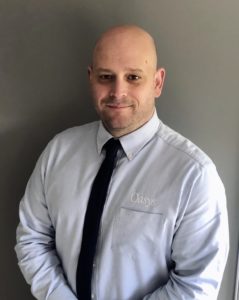
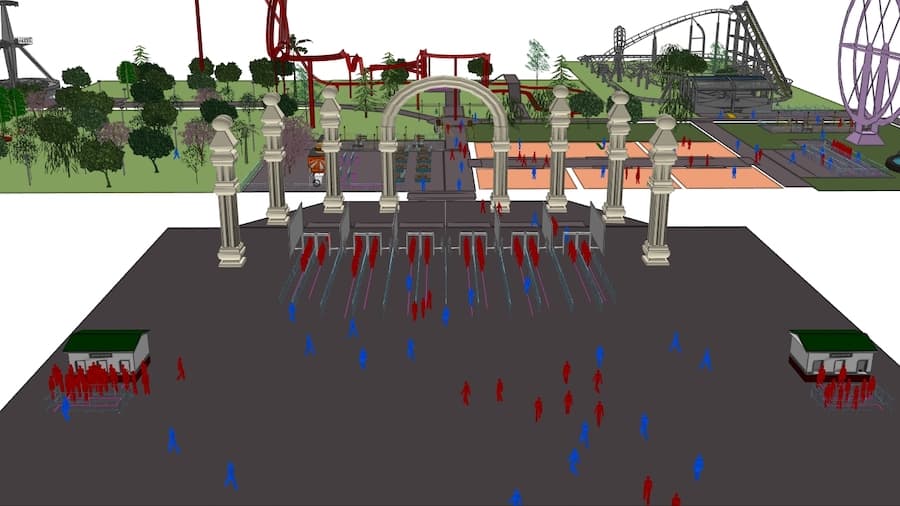
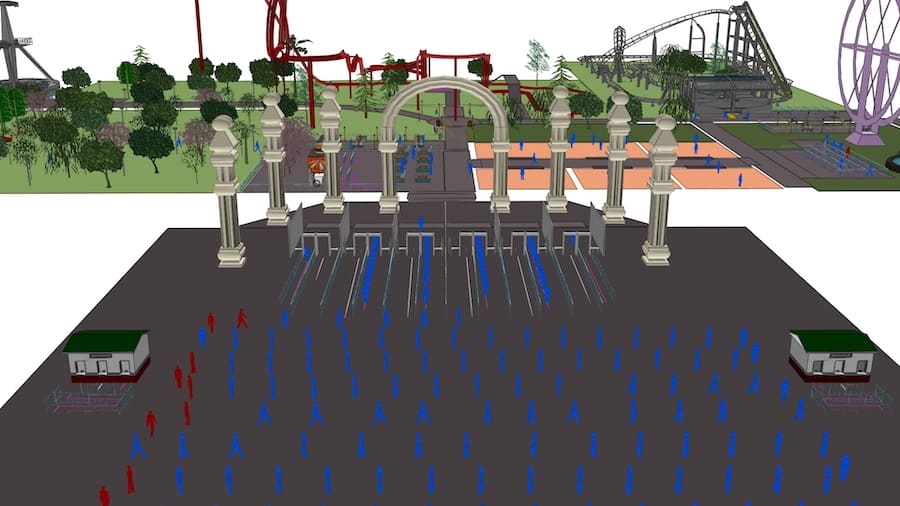

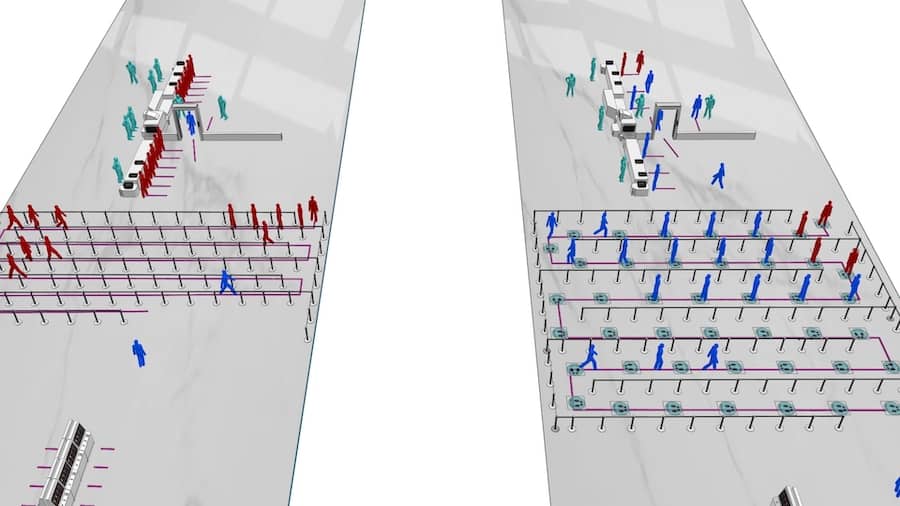
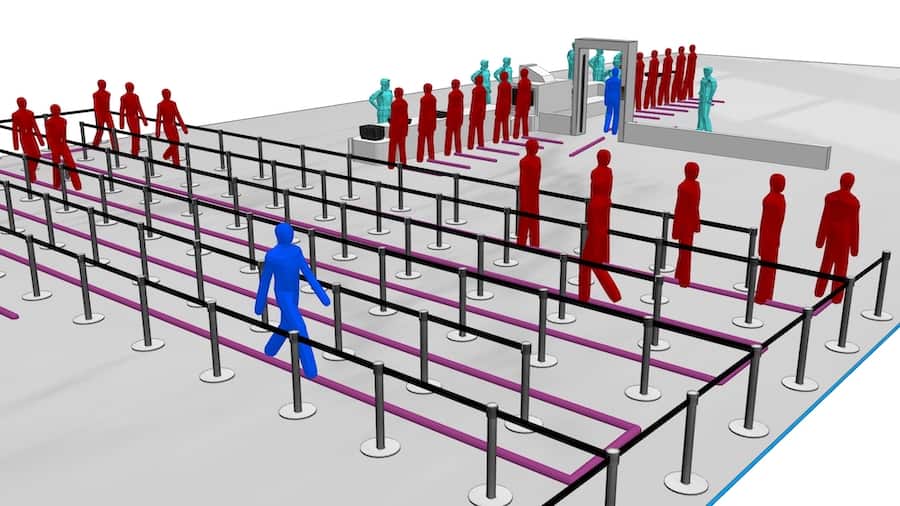

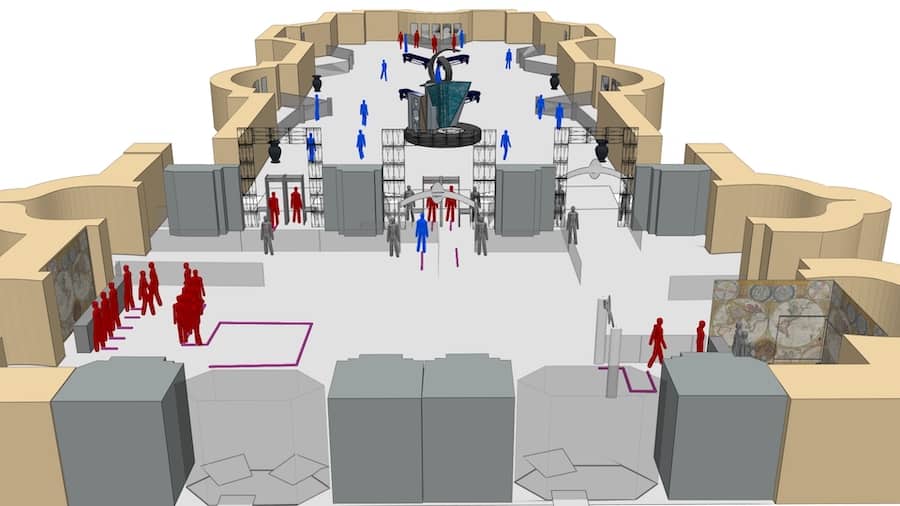
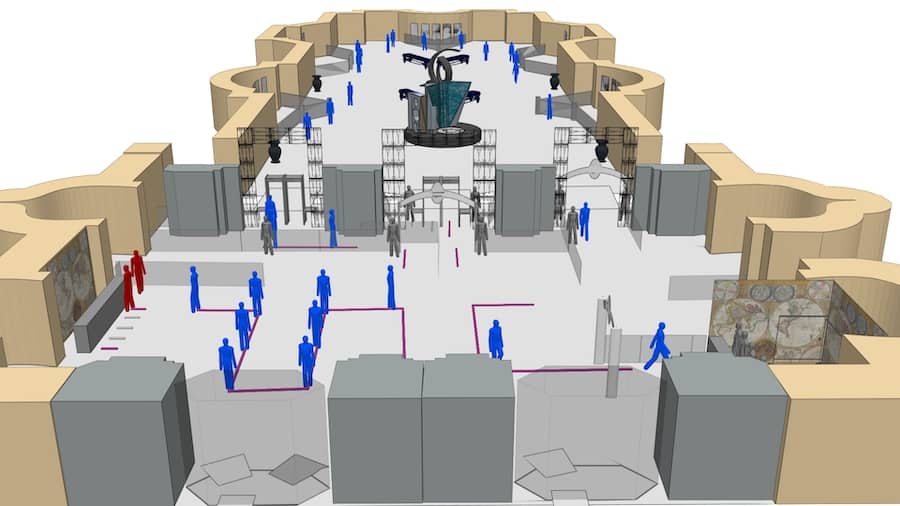
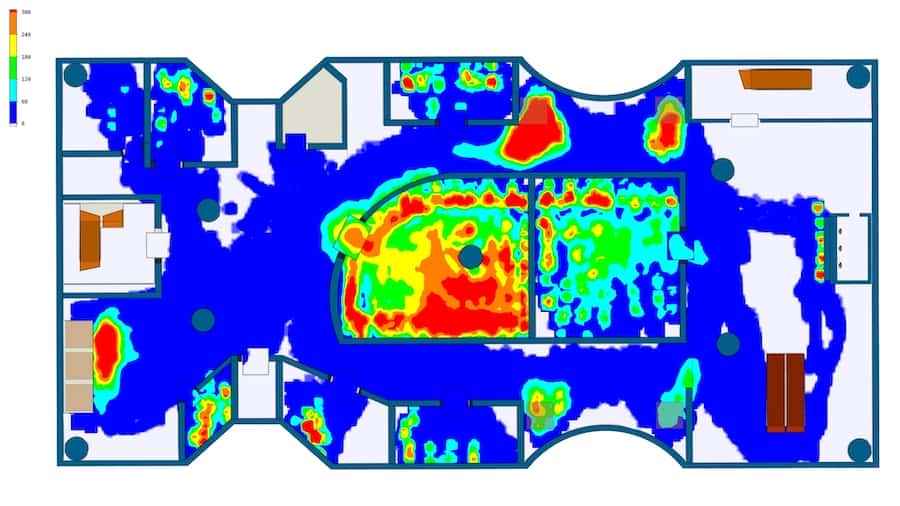
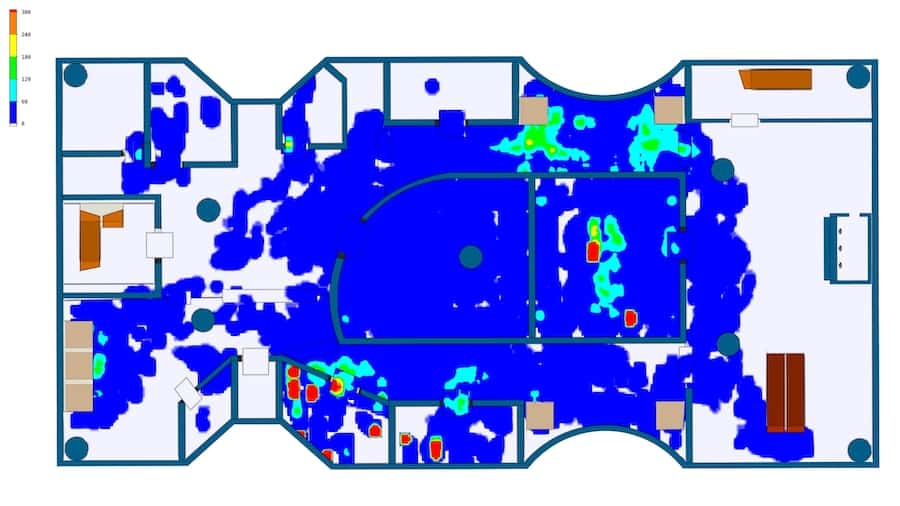
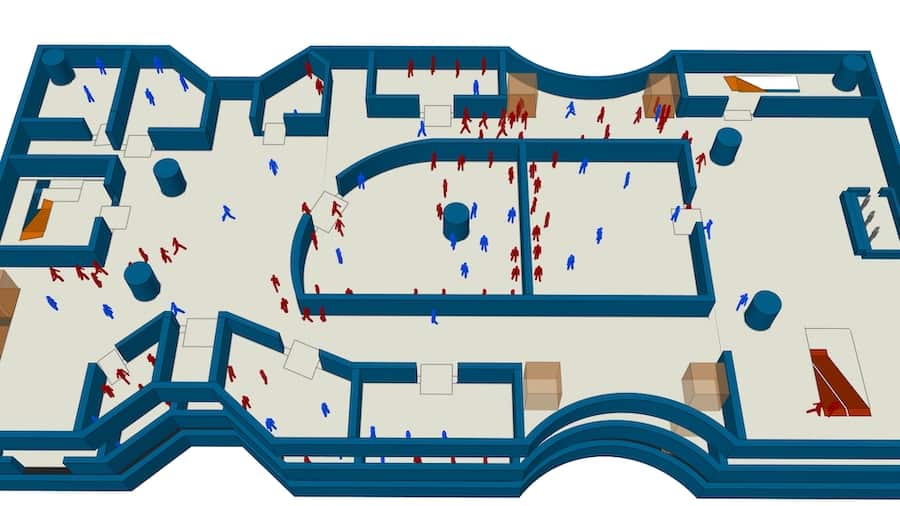
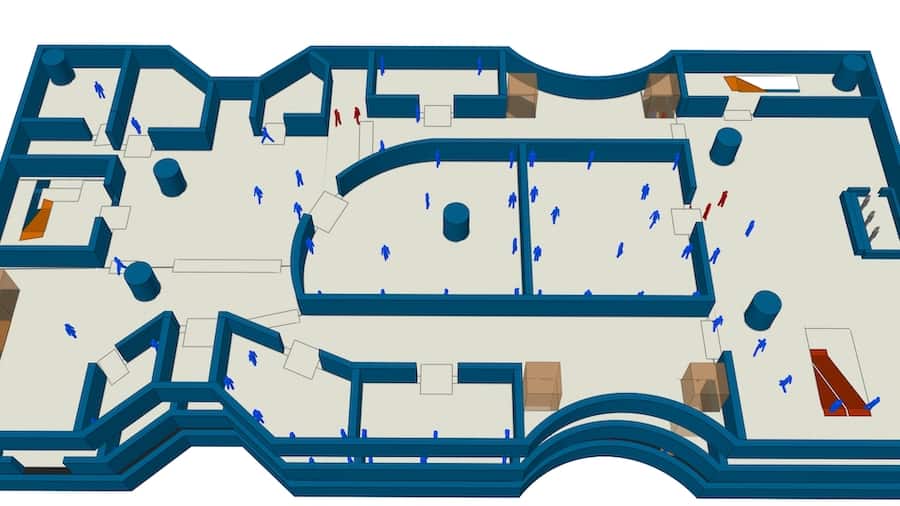














0 Response to "Oasys MassMotion | crowd control for a post-COVID 19 world - Blooloop"
Post a Comment